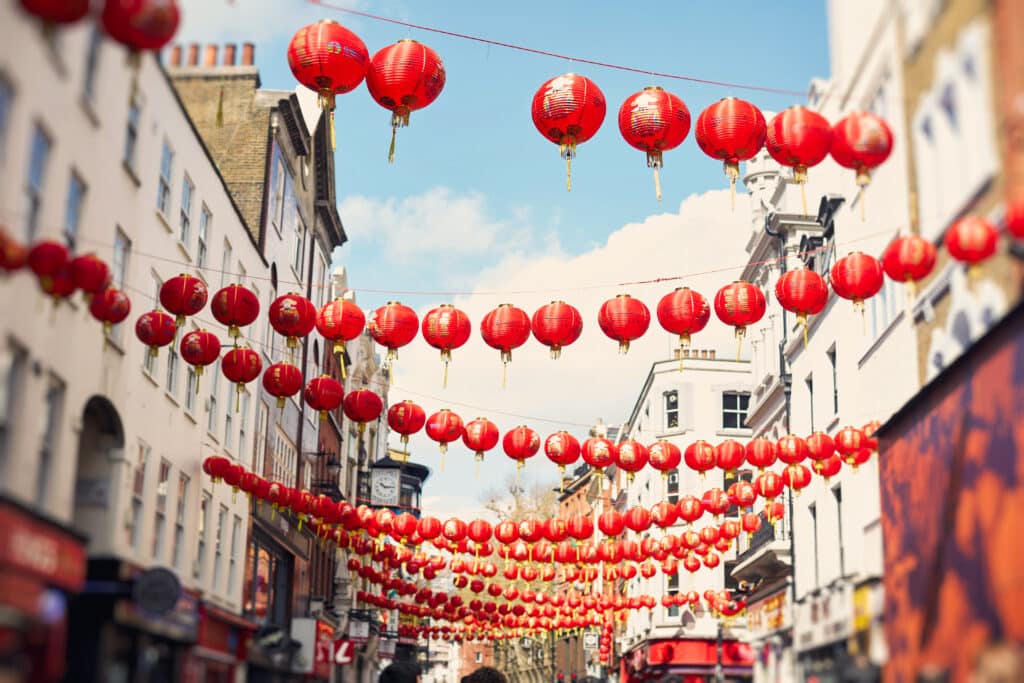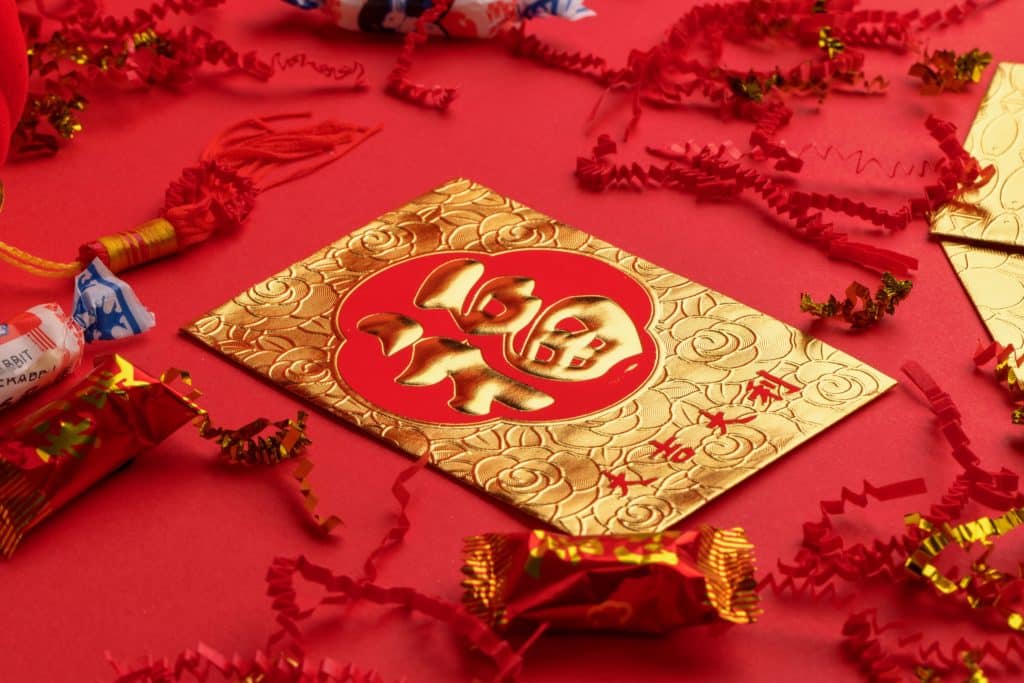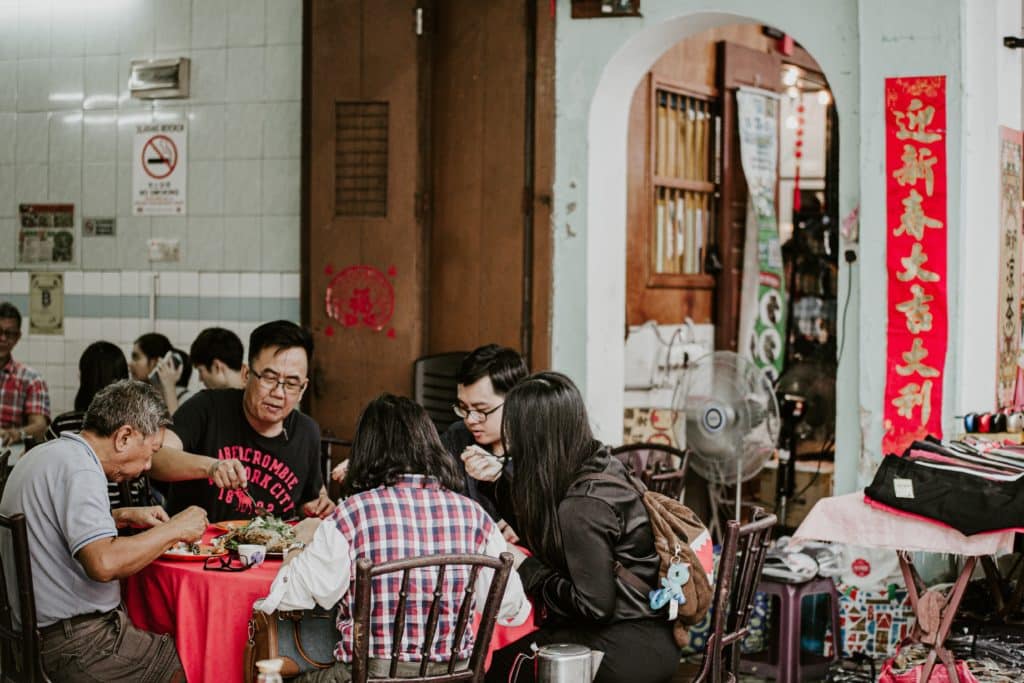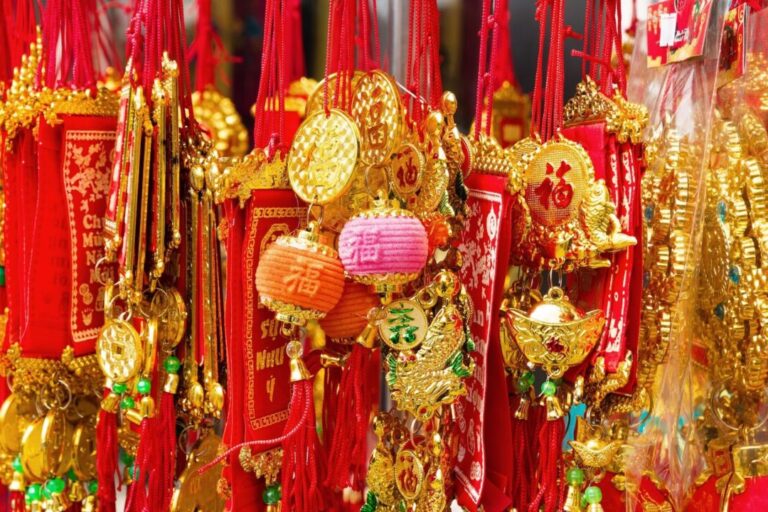
On behalf of everyone at Remitly—Happy New Year to our customers in Asia and all around the world.
Lunar New Year is on January 29th this year. Some of the first celebrations date back to over 3,800 years ago during the Shang Dynasty. Today, Chinese New Year celebrations take place worldwide.
Get the essentials on Lunar New Year in this guide.
2025 Lunar New Year basics
???? Date: January 29th, a day of new beginnings.
???? Enter the snake: 2025’s zodiac star, symbolizing wisdom and transformation.
???? Revelry: Celebrations span from China’s vibrant Spring Festival to Vietnam’s Tết and South Korea’s Seollal.
???? Red envelopes: Filled with money, bringing prosperity and good luck.
???? Fireworks: Lighting up skies, scaring away evil spirits.
???? Feast: Indulge in traditional feasts – think dumplings in China and rice cake soup in Korea.
???? Variety: Each country adds its own unique flavor to the festivities.
???? Significance: A time for reunion, reflection, and renewal.
What is the Chinese New Year holiday?
According to the Chinese calendar, Chinese New Year is a holiday that marks the start of a new year.
Unlike the Gregorian calendar used in the West, this calendar uses the moon’s phases rather than counting the number of days to mark each lunar month.
As a result of the lunar calendar, Chinese New Year dates vary from year to year. The timing of the new year coincides with the second new moon after the winter solstice. In 2025, the Chinese New Year falls on January 29th, and New Year’s Eve will occur on January 28th.
Although many people refer to the holiday as Chinese New Year and Chinese New Year’s Eve, celebrations take place in many countries. Consequently, many prefer the term Lunar New Year when referring to the holiday.
What is the Chinese zodiac?
No discussion of the Chinese New Year would be complete without mentioning the Chinese zodiac. According to the Chinese lunisolar calendar, 12 animal signs repeat in a cycle. The twelve animals are:
- Rat
- Ox
- Tiger
- Rabbit
- Dragon
- Snake
- Horse
- Goat
- Monkey
- Rooster
- Dog
- Pig
Each year is associated with an animal sign, and the year that you’re born determines your Chinese zodiac sign. According to traditional Chinese culture, your Chinese zodiac sign influences your personality traits.
There are also sub-categories based on specific years of birth. For example, there are multiple dragon signs in the Chinese zodiac, including the wood dragon, the fire dragon, and the earth dragon.
2025 will be the year of the snake, and specifically, those born during the year will have a wood snake as their Chinese zodiac sign. After the year of the snake will come the year of the horse in 2026.

How is the Lunar New Year celebrated around the world?
Lunar New Year is celebrated differently from country to country. Let’s take a look at some characteristics of Chinese New Year celebrations around the world.
China: Kicking off the lunar calendar with the Spring Festival
In China, Chinese New Year is often called the spring festival.
For Chinese people, the holiday usually involves a family reunion dinner where relatives come from all over China to gather together in one place and share a meal. Children receive red envelopes at the family reunion dinner filled with lucky money to spend on games and toys.
Although people often talk about Chinese New Year as a single holiday, the Spring Festival actually consists of a number of festivals, including:
- New Year’s Eve: Held the night before the official start of the spring festival, New Year’s Eve is when the family reunion dinner usually occurs.
- Spring Festival: At midnight on New Year’s Eve, people set off firecrackers to welcome the new year and frighten off bad luck.
- To the in-laws festival: In Northern China, married couples visit the wife’s family on the second day of Chinese New Year. Her parents will usually present the couple with gifts of crackers and candies.
- Stone Festival: Nine days after the start of the new year, Chinese people celebrate the stone festival. On this day, some families freeze a clay jar and then have 10 children carry it around. If the jar doesn’t break, it’s believed that the year will bring a good harvest.
- Lantern Festival: Held 14 days after the start of the spring festival, the Lantern Festival marks the end of the Chinese New Year celebrations. During the five-day celebration, families make paper lanterns, and children answer lantern riddles as a fun activity.
Vietnam: Observing the celebration of Tết
In Vietnam, the first day of the Lunar New Year is known as Tết. It is considered a sacred holiday in Vietnam, as it recognizes deities and is a time for paying respect to one’s ancestors and family members.
Tết, which can take place over several days, is often filled with gift-giving of particular items that bring luck and ward off evil spirits, such as new clothes and rice wine, to name a few.
The first day of Tết is usually reserved for immediate family, the second day for friends, and the third for teachers. Many people make or buy Bánh Chưng to eat during Tết, as well as decorate or arrange an ancestral altar and bring home ornamental flowers or plants.
Like in China, children often receive red envelopes on the first day of Tết. Families plan who will be the first to enter the home through the new year, as it’s believed that if a successful person does the honors, the family will have good luck throughout the year.
In celebration of the holiday, Vietnamese people watch dragon dances and play games. Learn more about the celebration of Tết by reading our article on the Vietnamese New Year.
South Korea: Starting the lunar year with Seollal
In the Republic of Korea, the lunar year begins with Seollal. A public holiday, the celebration usually lasts for three days, starting on New Year’s Eve and continuing until the day after New Year.
One of the most important parts of the celebration for South Koreans is the sebae ritual, which honors ancestors. Families prepare a jesa or ancestral table, upon which women place traditional foods such as sliced rice cakes to offer ancestors. Then, everyone bows deeply as a sign of respect.
Learn about other Seollal traditions by reading our guide to the holiday.
Malaysia: Looking forward to Chap Goh Mei
Among people of Chinese ancestry living in Malaysia, New Year’s celebrations are quite similar to the traditional celebrations in China. People look forward to family gatherings, special meals, and watching dragon dancers.
One major difference between the Chinese and Malaysian celebrations is the importance of Chap Goh Mei, which takes place on the 15th day of the lunisolar calendar.
In Malaysia, the day is a public holiday, so businesses, schools, and government offices close to allow everyone to enjoy the festivities. Malaysians prepare a family reunion dinner for the holiday and hang red lanterns outside their doors.
After eating, people gather in city centers for the orange-catching ceremony. During this event, unmarried girls catch Mandarin oranges and write their names on them.
Then, they throw the oranges into the sea. Doing so is thought to bring love to the year ahead.
Thailand: Remembering ancestors with Songkran
In Thailand, New Year’s celebrations are known as Songkran. As in China, the annual festival often includes dragon and lion dances and special dinners with family.
Honoring ancestors is particularly important to the Thai people. Many visit ancestors’ graves and prepare shrines to pay tribute to departed loved ones during the holiday.
Check out our guide to Songkran to learn more about holiday traditions in Thailand.

Keeping traditions alive through food
For many people who live away from their families, cooking traditional meals and eating food with friends, neighbors, or loved ones helps them feel connected to their family’s customs and traditions.
Some first-generation Chinese Americans, like Michelle, a lifestyle blogger, feel that it can be difficult to celebrate Chinese New Year when living abroad since the festivities are not as elaborately celebrated outside of their home country.
Michelle explains, “Similar to Christmas in Western countries, Chinese New Year is the biggest holiday of the culture. Companies close for days, families travel home, and gifts (in the form of money stuffed in a red envelope) are passed out to children.” Each tradition is meant to symbolize and “bring upon good fortune, health, and prosperity for the new year to come.”
A major way that she maintains traditions from her home country is to recreate beloved holiday dishes. “Although it may not feel as festive as it is in Asia, we still try to celebrate in the most intuitive way we know, and that is through food,” Michelle says. She also shared three of the most traditional dishes she usually has during Lunar New Year “that symbolize the spirit of this holiday and help us celebrate this important tradition.”
Here are a few of Michelle’s favorite dishes for the first day of Lunar New Year:
Dumplings (餃子 Jiao Zi)
- “Dumplings, also called Jiao Zi in Chinese, symbolize good fortune and prosperity. Because dumplings are generally made in the shape of a gold ingot (known as yuanbao,) they represent wealth and prosperity in the coming year. Generally, Chinese families get together on Chinese New Year’s Eve and make dumplings together. It not only is a great dish on the dinner table, but it’s also a great family activity as the family catches up on events from the past year.”
New Year Cake (年糕 Nian Gao)
- “Cake, also called Gao in Chinese, is a homonym for ‘height’ in Chinese. So, according to Chinese traditions, eating New Year cake is not only a great way to celebrate the Chinese New Year, but it also symbolizes that the entire family will reach a new height in the coming year. Children will study hard and get good grades in school, parents will do their jobs, and grandparents will happily live their lives. The New Year Cake can come in different forms or flavors. The most traditional one is made from rice flour, so it’s recommended to pan fry or steam the cake until well done for the most optimal taste.”
Fish (魚 Yu)
- “Fish is a must-have dish on the dinner table of every Chinese New Year banquet. Fish, also called Yu in Chinese, is a homonym for the words ‘abundance and access.’ And with an abundance of resources in life, it symbolizes prosperity and living comfortably in the new year to come. According to the Chinese ritual, cooking two fishes for the New Year dinner is best. Both fishes get placed on the dinner table, but only one is eaten, leaving the other as a sign of abundance for the new year ahead.”
Fish is a popular dish eaten during Lunar and Chinese New Year. Matt Reischer, a food critic for a Chinese neighborhood blog, also shares that, “[My wife and I] make sure to eat a whole fish (usually bass or croaker) which symbolizes ‘unity’ for the coming new year.”
Celebrating Lunar New Year abroad
While San Francisco has one of the largest Lunar New Year celebrations in the world outside of Asia, New York also serves as a major hub for festivities, many of which involve eating traditional meals from various regions in Asia.
We asked several restaurant owners in the New York area what their Chinese New Year traditions were like. Many also noted the significance of food as a way to help them keep family traditions alive. Chao Wang, owner of Hunan Slurp, shares, “Chinese New Year means family and gathering for me. Though I moved to the U.S., good food and red envelopes are essentials. [I] grew up in Hunan, [so] I inhabited the tradition of having a few specific dishes on the dinner table on the day: Handmade Fishcake, Sweet Chicken Soup, and Ricecake with soybean powder & brown sugar.”
Food is a central part of gatherings with friends for Ning (Amelie) Kang, chef-owner of MáLà Project. She elaborates, “At home, we would always eat dumplings on New Year’s Day, and after dinner, we would gather around the TV and snack on sunflower seeds while chatting. After I moved to the U.S., I still try to keep these traditions alive. My friends gather in my apartment and make dumplings together. After, we’d sit around and watch the Chinese New Year gala on TV.”
Celebrate Chinese New Year 2025!
No matter where you are in the world, celebrating your family’s traditions shows them how much you care, even from far away. Send digital red envelopes to your loved ones in China, Vietnam, Thailand, or other Asian countries for the Chinese New Year with Remitly, and we’ll get them there safely and on time. Download the app to get started.
